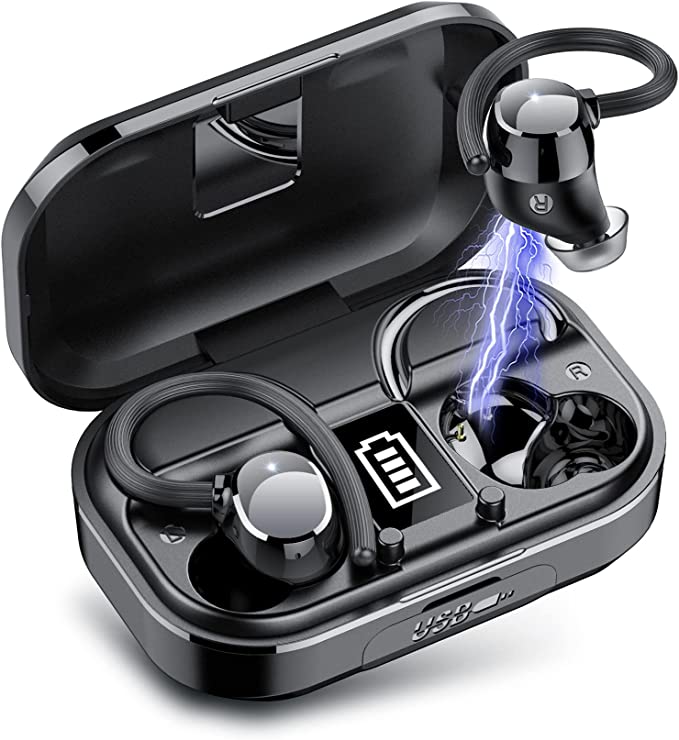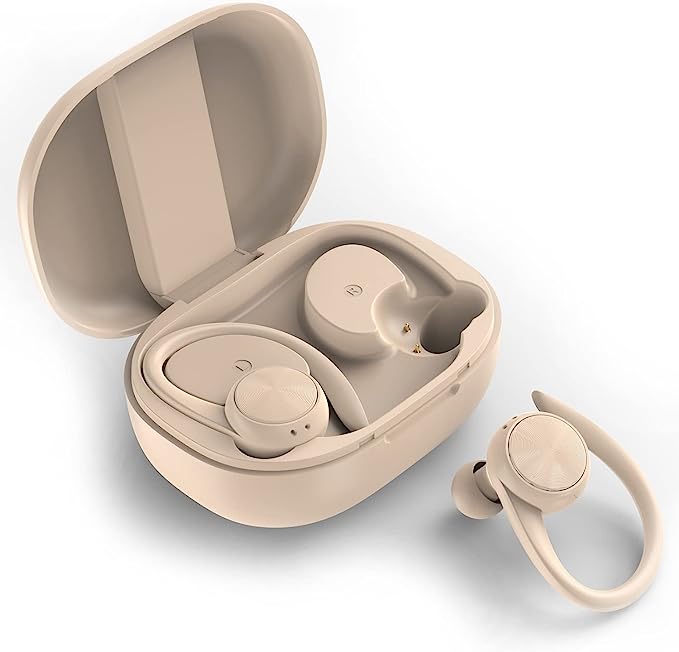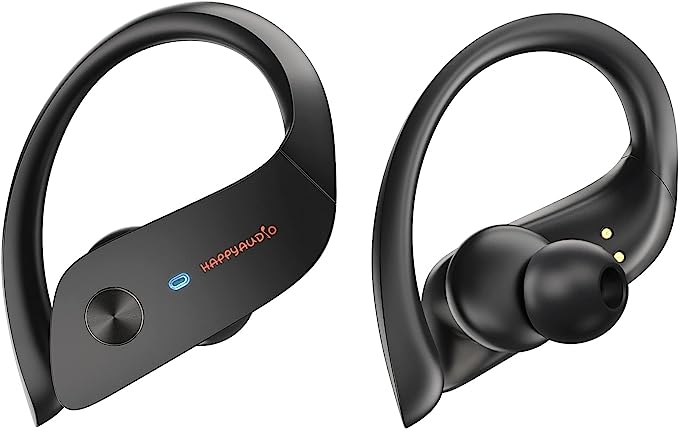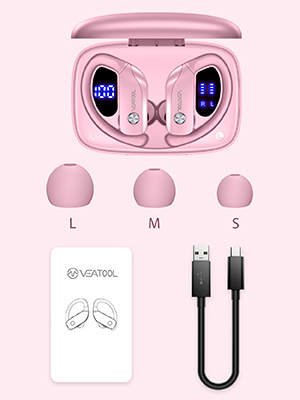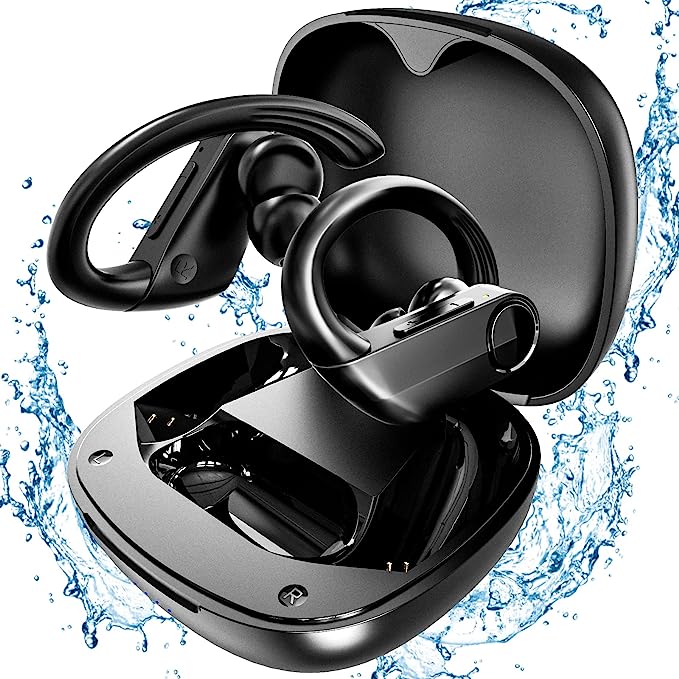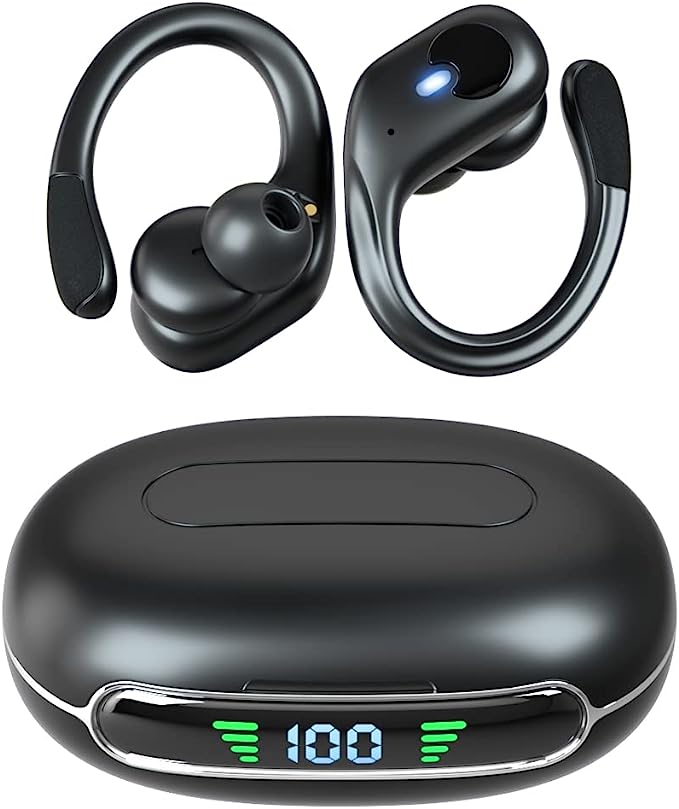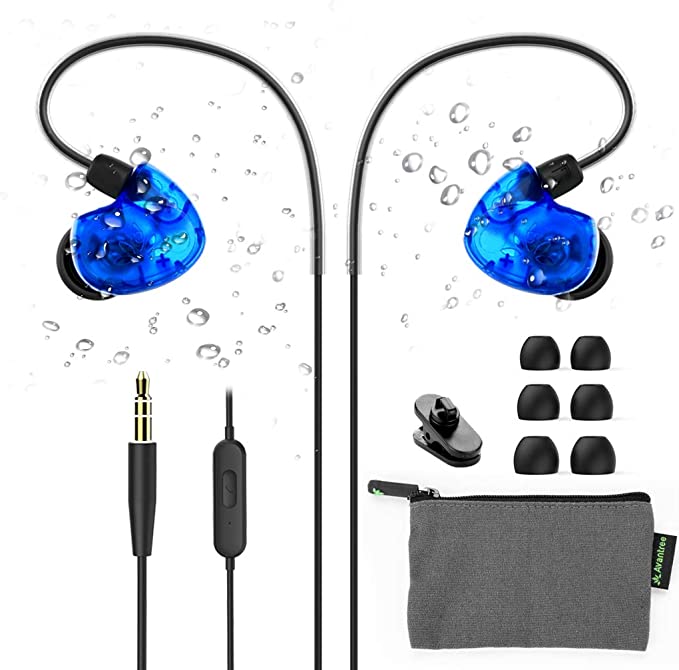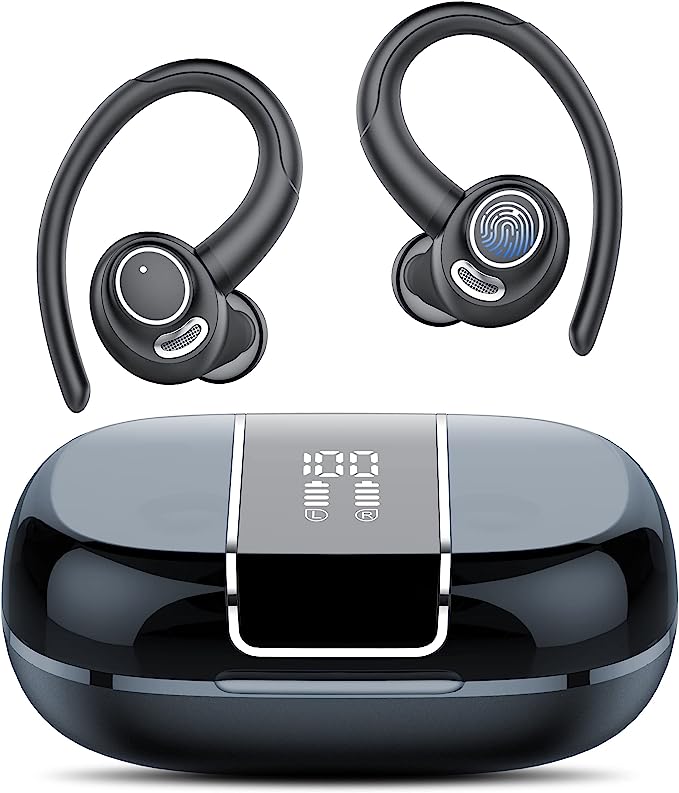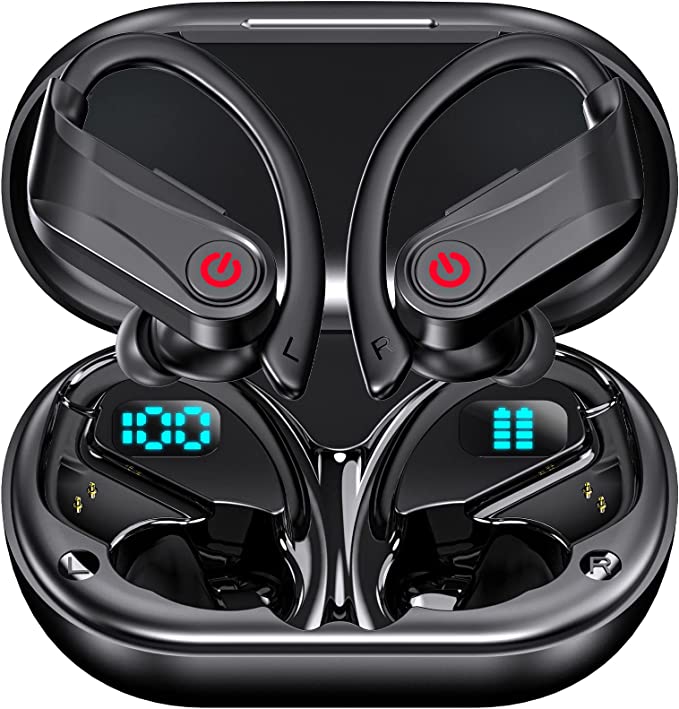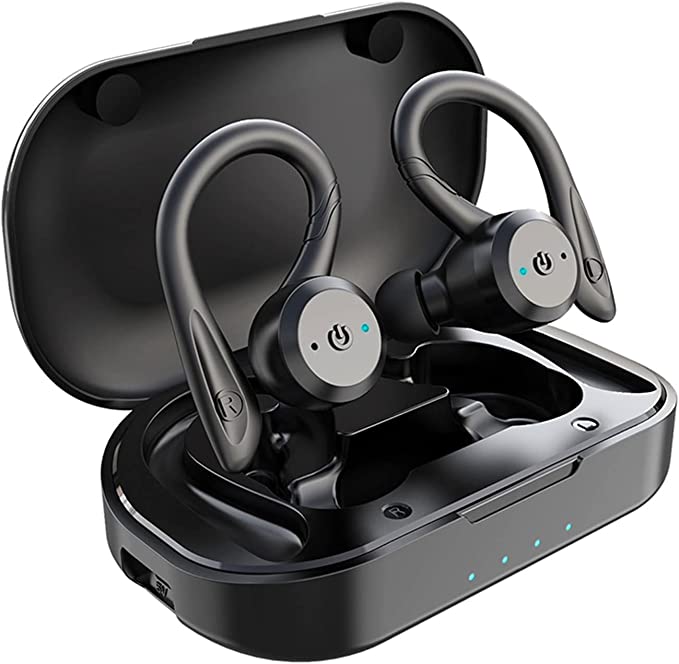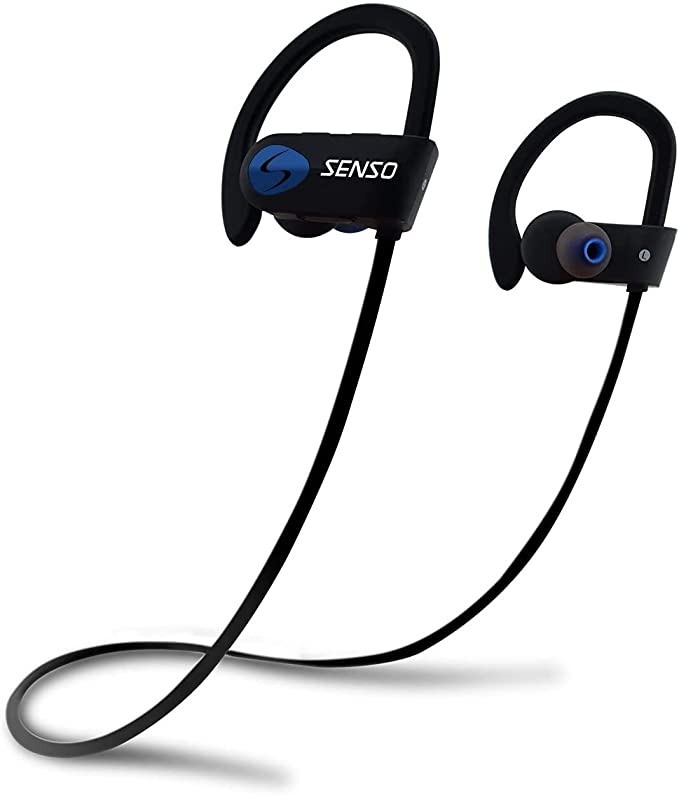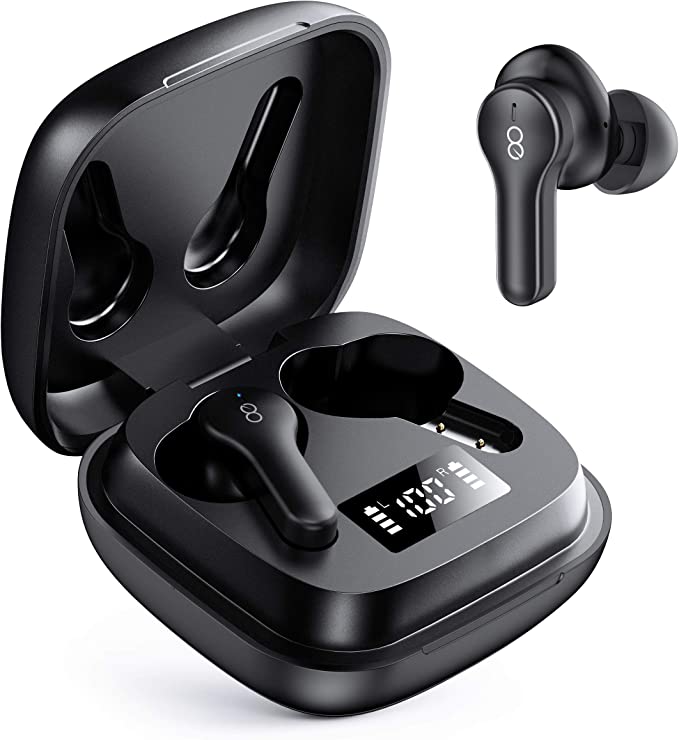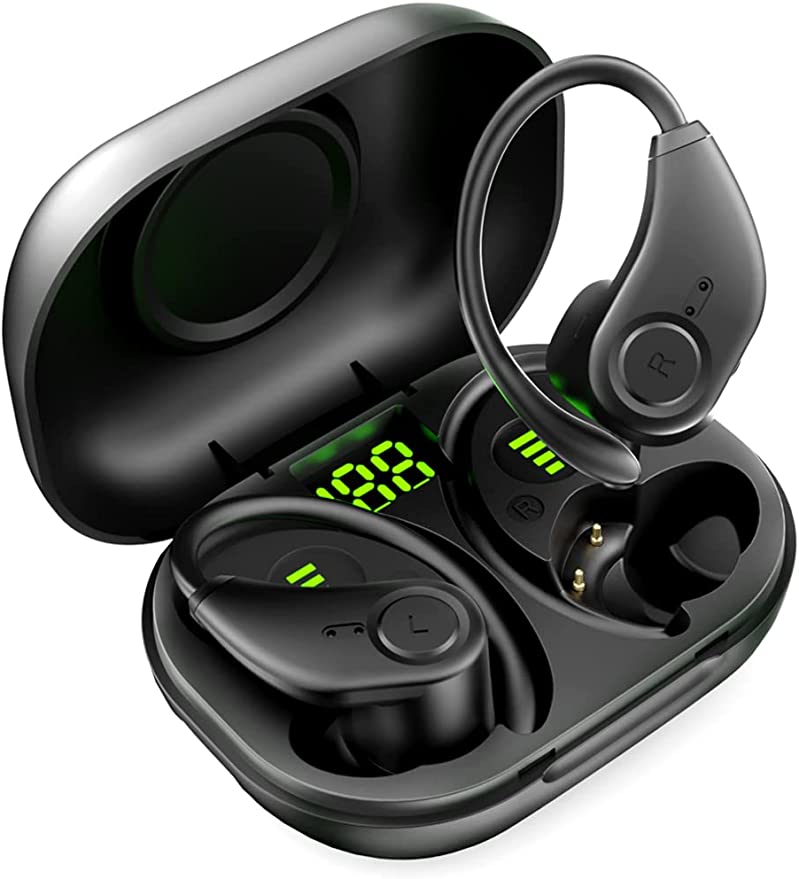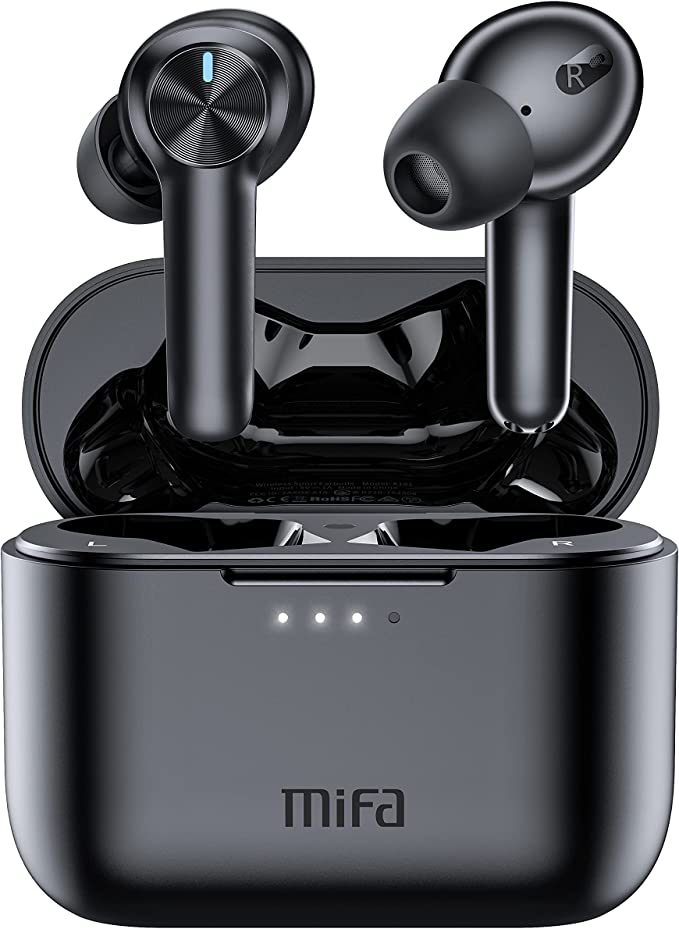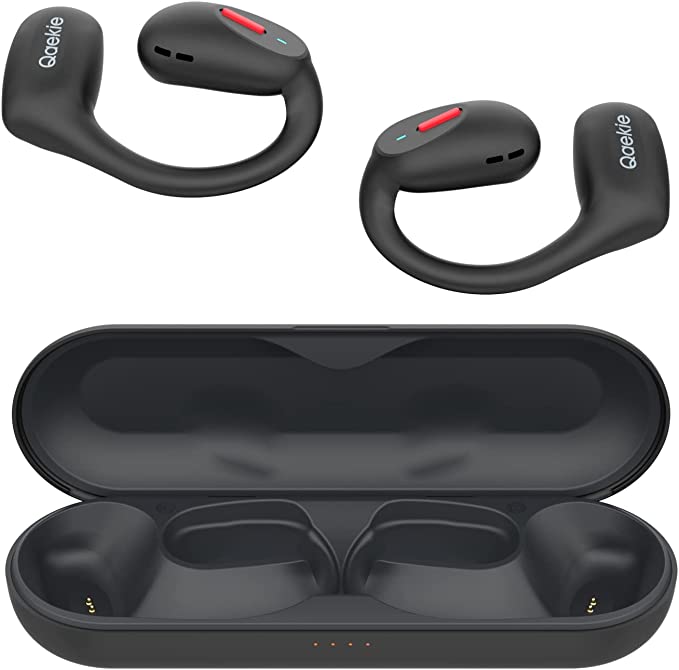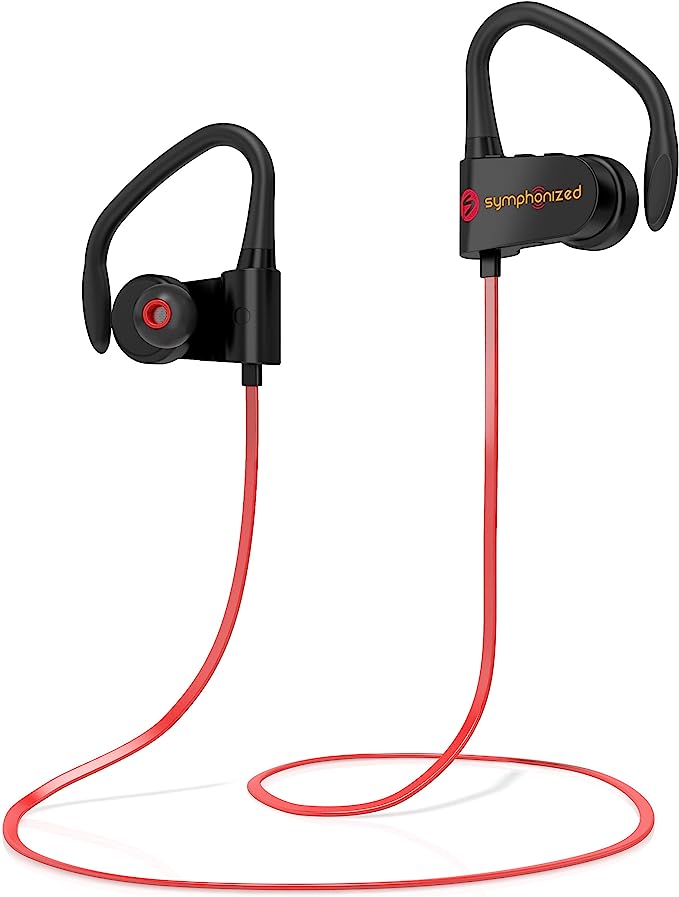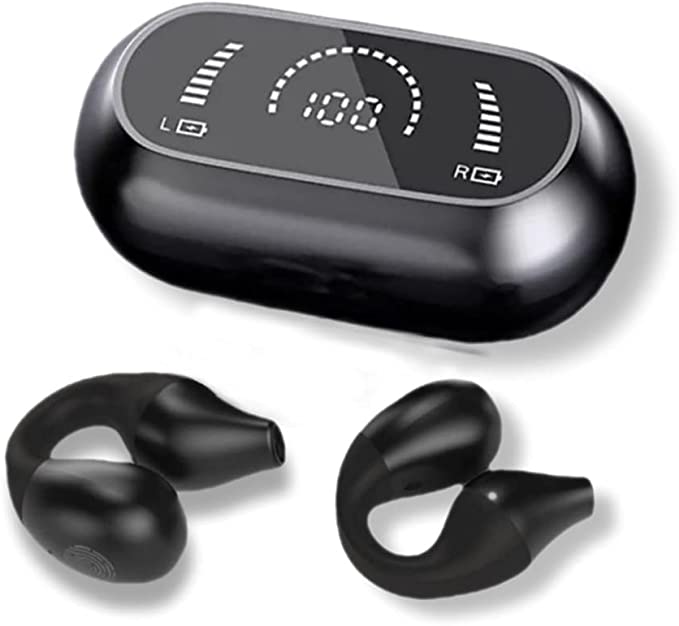Kinetic Audio: The Mechanics of Secure Fit and Endurance in Sport Wearables
Update on Nov. 23, 2025, 7:59 p.m.
When we discuss high-fidelity audio, we talk about frequency response curves and harmonic distortion. But when we discuss audio for high-intensity activity—be it a marathon, a CrossFit session, or a 12-hour shift on a construction site—the conversation must shift to physics. Specifically, Newtonian physics.
The primary challenge for any sport wearable is not sound reproduction; it is retention against momentum. As the body oscillates vertically during a run, standard earbuds rely on the friction of a silicone tip against the sweat-lubricated ear canal to stay in place. This is a battle that gravity often wins.
To solve this, engineering must prioritize mechanical anchoring over minimalist aesthetics. Devices like the Bluedio S6 Sport Earhooks Earphones illustrate a return to functionalism, employing structural solutions to ensure that audio gear remains a reliable utility rather than a fragile accessory.

The Biomechanics of Retention: Why Hooks Matter
The anatomy of the human ear provides a natural landscape for securing devices, yet most True Wireless Stereo (TWS) buds ignore it in favor of a sleek, “invisible” look. The Bluedio S6 utilizes an earhook architecture.
This design works by redistributing the retention load. Instead of the ear canal bearing the weight and stability of the device (a “friction fit”), the hook utilizes the helix root (the upper curve of the ear where it meets the head) as a suspension point.
- Load Distribution: The hook acts as a cantilever, transferring the device’s center of gravity closer to the head.
- Dynamic Stability: During rapid head movements or high-impact landings, the hook prevents the rotational torque that typically dislodges standard buds.
For athletes, this mechanical redundancy is critical. It eliminates the subconscious “micro-adjustments” users make to keep loose earbuds in, allowing for a state of pure focus known in sports psychology as “flow.”

The Energy Equation: Visualization as a Feature
“Range anxiety” applies to electronics just as it does to electric vehicles. In the context of budget audio, managing power expectations is key. The S6 offers a substantial energy reservoir: 42 hours of total playtime, derived from a 600mAh charging case and efficient power management in the buds (9 hours per charge).
However, the standout engineering choice here is not just the capacity, but the visualization. The case features dual LED displays. While simple, this addresses a significant cognitive load issue. Standard LED dots (blinking red/green) are ambiguous. A numeric percentage display provides granular data, allowing the user to make informed decisions—“I have 20% left, which is enough for my 5K run”—without the anxiety of an unexpected shutdown.
This transparency converts the device from a “black box” into a manageable tool, crucial for those who rely on music for pacing or motivation.

The Signal Path: Bluetooth 5.1 in Crowded Spectrums
The gym is a hostile environment for radio frequencies (RF). With dozens of smartphones, smartwatches, and Wi-Fi routers broadcasting simultaneously in the 2.4GHz band, signal interference is common.
The Bluedio S6 adopts Bluetooth 5.1. While not the absolute latest standard, version 5.1 introduced critical improvements in caching and connection stability over its predecessors. It enables faster re-connection times and more robust “handshakes” between the device and the phone.
For the end-user, this manifests as latency reduction. When watching workout tutorials or running with a guided app, the synchronization between voice and visual is maintained. More importantly, it reduces the “dropouts” that break the user’s rhythm—a minor technical glitch that can have a major psychological impact on workout intensity.

The Utility of “Consumable” Tech
There is an economic argument to be made for devices in this category. High-end audio gear is often fragile and expensive to replace. In contrast, the S6 represents rugged utility.
With an IP-rated design (implied by its “sports/rain” designation) and a robust, no-frills construction, it serves as an ideal “beater” device. It is the pair of headphones you toss into a gym bag without a protective case, or wear during a muddy trail run where you wouldn’t dare risk a $200 pair of fragile electronics.
This is not about settling for lower quality; it is about strategic equipment selection. Just as a mechanic chooses a heavy-duty wrench over a precision caliper for rough work, the active user chooses gear that prioritizes mechanical security and battery endurance above all else.
Conclusion: Engineering for the Kinetic Life
The Bluedio S6 serves as a case study in purpose-driven design. It acknowledges that for the active human body, the most important feature of a headphone is simply being there—staying securely attached and powered on when it matters most.
By combining the physics of earhook retention with transparent power management and stable connectivity, it offers a solution that respects the demands of kinetic environments. It reminds us that in the world of sport audio, reliability is the ultimate specification.
